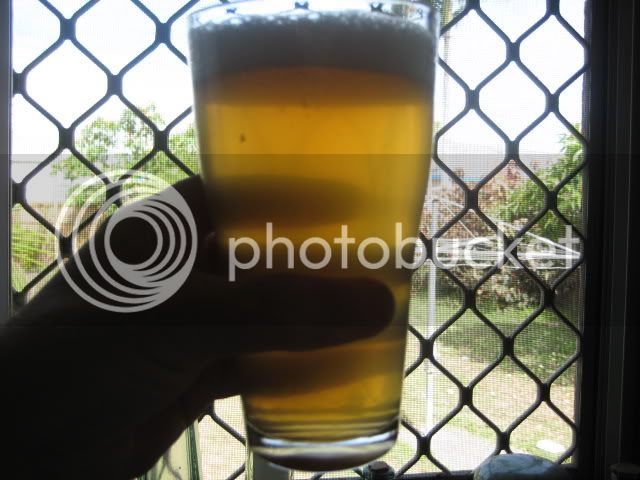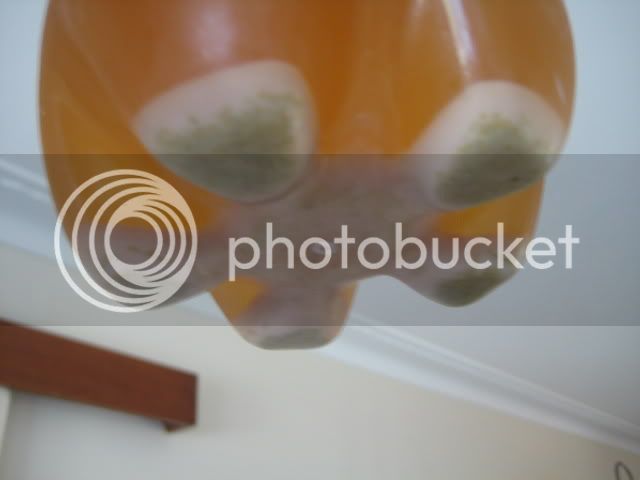An Update:
A few weeks later I'm going to have to say that dry hopping bottles like this has been a huge success.
Here's my favourite by far - the ones with the pellet of Nelson Sauvin.
Nectarines big-time, with a touch of grapefruit (I think the hop breeders in Motueka were on drugs when they said gooseberry). That said, the Southern Cross was almost too subtle to taste and only had hints of grass over and above the control bottles (with no dry hop). I was hoping for a hint of lemon and jasmine with SC.
The galaxy is also nice, but I think galaxy needs to be there in large amounts as a punch in the face passionfruit hop.
None of these bottles has shown any inkling of being difficult to pour with the hops being nucleation points for CO2. Probably because the hops are under the sediment (which one might think would also be a nucleation point for fizzing, but isn't). Whoever added bottle hops and failed either added way too much or had infected bottles, or bottled early.
To sum up - yes, you can add 10g of dry hops to your brew in the bottles successfully with no issues, but I suggest using the big-flavour hops.
BTW - I still can't taste any DMS, and apart from a little bit of chillhaze, the beer cleared in the bottle (as it always does). No clearing agents were used at any time in this brew.
Next time I will add 2 pellets of Nelson and Galaxy to each 2L bottle.
:icon_cheers:
Shall I call all the Breweries and tell them they must stop this dangerous practice?






